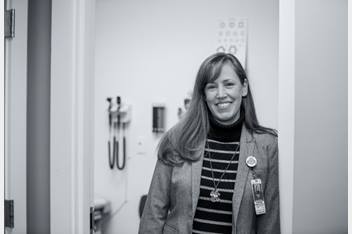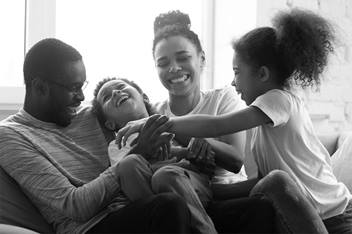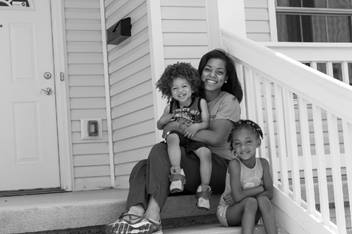How a Children’s Hospital Supports Post-High School STEM Education

Since the 1960s, the federally-funded Upward Bound program has helped high school students go on to college – with a special focus on teenagers who live in low-income households or who would be the first in their families to receive college degrees. Upward Bound Math and Science (UBMS), a version of the original program created in 1990, places the emphasis on young people who want to pursue careers in science, technology, engineering or math (STEM).
In 2021, there were more than 200 UBMS programs in the United States, almost all operated by colleges and universities. Nationwide Children’s Hospital is the only institution of its kind in the country that operates its own, through a grant from the U.S. Department of Education.
The program is funded to support up to 60 students from the target schools of South and Marion Franklin High Schools who desire to pursue a postsecondary education in STEM-related subjects. In the 2020-2021 school year, which was significantly impacted by COVID-19, 64% of the seniors served by the program received acceptance into a higher education program.
Some were the first in their family’s history to have education past high school.
It may be a surprise to some people that a children’s hospital would be involved in this work, says Maxine Ignacio, MS, program director for Nationwide Children’s UBMS program. But UBMS is part of the hospital’s Healthy Neighborhoods Health Families initiative, which goes beyond medical care to address other factors that affect health: stable housing, employment, education.
UBMS is very much in keeping with the hospital’s mission of improving health, not just delivering health care.
“One of the unique features of our program, being at a hospital with a research institute, is that our students can get connected with doctors and scientists through mentoring and work study. Through these programs, our students can learn from people who use their own STEM educations to help others,” says Ignacio. “We’ve had two cohorts graduate in our program, and some of those students might not have been expected to graduate before UBMS. But the program has helped and inspired them.”
UBMS at Nationwide Children’s supports high school students with tutoring, mentoring, academic advising, help in applying for financial aid and other experiential learning activities. A six-week summer program typically ends with college tours and stays in dorm rooms (though the tours have been suspended during the pandemic), and students can earn a stipend of as much as $300 per month for their participation.
Most important of all is the accountability and consistency the program provides, says Ignacio. For a number of reasons, these students might not have an adult at home who can do that. UBMS, however, serve as a kind of drumbeat toward graduation and higher education for some students.
Nationwide Children’s is currently applying for another five-year grant to support the UBMS program. And UBMS staffers are looking forward to a post-pandemic return to school buildings, so they can continue to build personal relationships with students.
“I know we’re also ready for our college tours to begin again,” says Ignacio. “Some of our students haven’t been outside of Columbus, much less Ohio. It’s so important for them to visit colleges, and to have all of our activities, so they can understand what the future may hold for them.”



